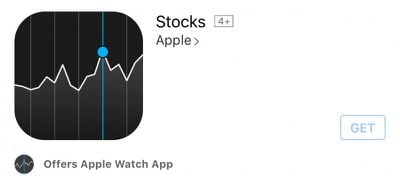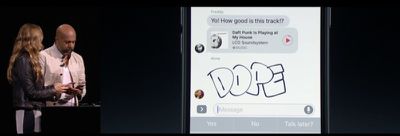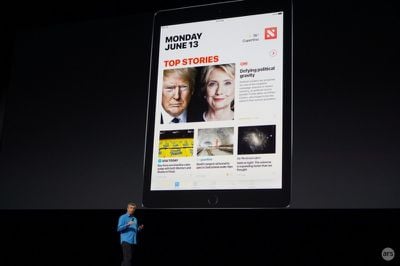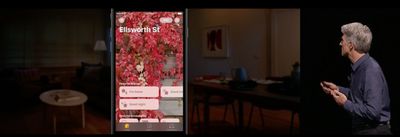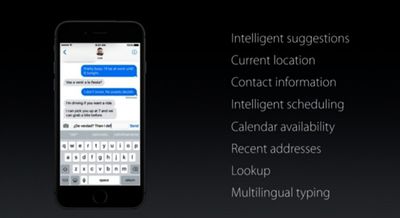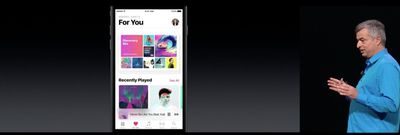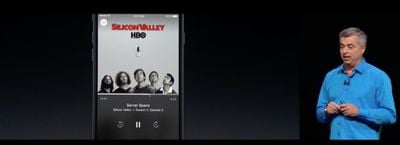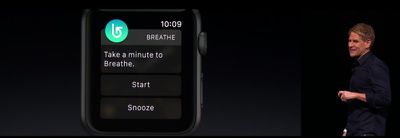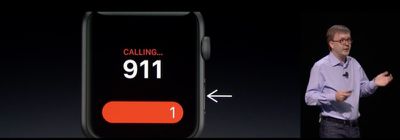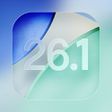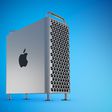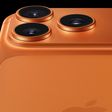Following its WWDC keynote address, Apple held an event to announce the winners of its prestigious Apple Design Awards. The company hands out its design awards every year during WWDC, highlighting a section of the best apps and games across Apple's various operating systems.
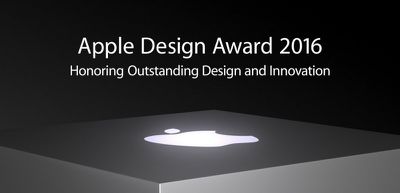
The design awards were created to recognize high-quality apps that used savvy design to create inventive, compelling new apps and games. Winners of the design awards receive significant recognition, a trophy and receive a selection of Apple products directly from the company.
This year's winners include popular game Lara Croft Go, 3D4Medical's Complete Anatomy, music creation tool Auxy, desktop-class writing app Ulysses Mobile and more.
iOS and watchOS
- Lara Croft Go [iOS]
- Frame.io [iOS]
- Chameleon Run [iOS]
- Auxy Music Creation [iOS]
- Streaks [iOS]
- Complete Anatomy [iOS]
- INKS [iOS]
- Zova - Personal Trainer [iOS]
- Ulysses Mobile [iOS]
- djay Pro [iOS]
Student Winners
- Linum - Free Puzzle Game [iOS]
- Dividr [iOS]
2015 winners include Fantastical 2, Crossy Road, Shadowmatic and Workflow. 2014 winners include Threes!, Leo's Fortune, Blek and Monument Valley.


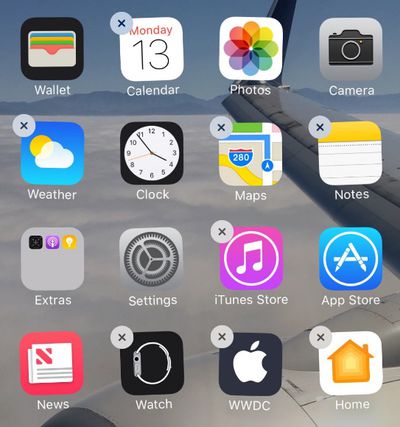
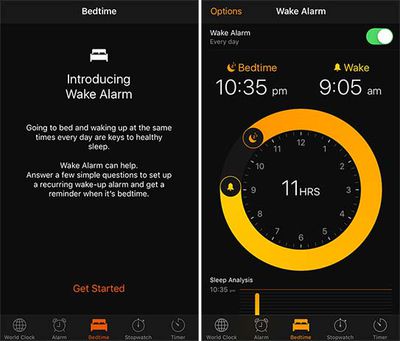
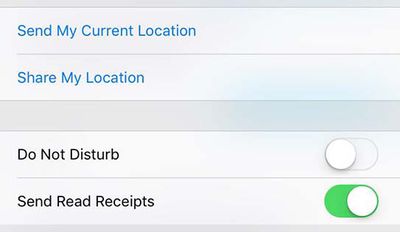
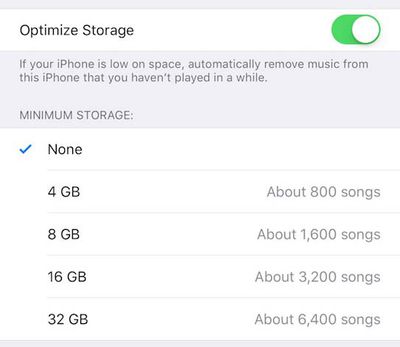
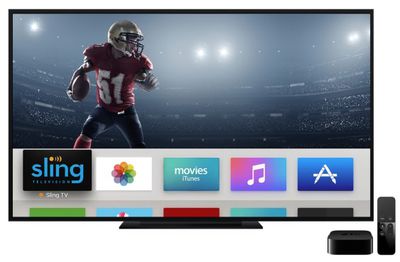
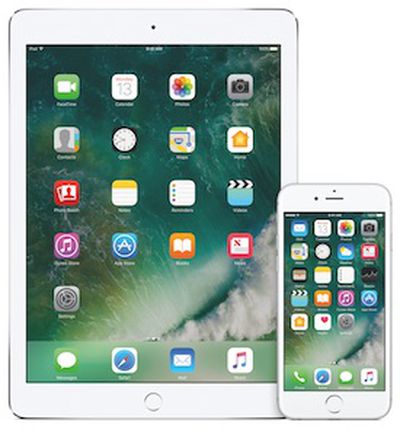 Apple today
Apple today 